Meet Rare Care’s 2023 Field Team
Rare Care’s team expands each spring when we are joined by seasonal staff who assist with field work to support the recovery of endangered plants and restoration of their habitats. This year we were thrilled to be able to hire five talented biologists, and their experience, enthusiasm and hard work were a tremendous asset to our team.
Teddy Pierson joined us for the entire field season and assisted with the Wenatchee Mountains checker-mallow introductions (Sidalcea oregana var.
Art at the Arboretum: John Grade

Join us for a FREE public opening of art installation, UNION, a stunning largescale outdoor sculpture created by one of the world’s leading contemporary artists, Seattle-based John Grade.
Read moreUW Farm Weekly Dirt: The Joys of a Summer Plum Harvest
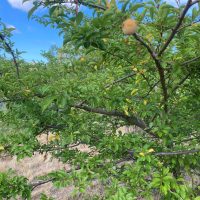
Hi everyone! My name is Alex and I’m the UW Farm Campus Food Systems intern for summer and fall quarters here at the UW Farm. I’m also going into my second year at UW, planning to major in Food Systems, Nutrition, and Health.
This is my first time writing for the UW Farm newsletter, and I would like to talk about an unanticipated memorable experience: harvesting fruit from our asian plum trees.
The Washington Park Arboretum: New Beginnings!

The horticulture staff at the Washington Park Arboretum are constantly planting new trees. These new plantings increase species diversity within the collection, succeed dead or declining trees, contribute to future increased canopy coverage and much, much more. All of the trees mentioned in this article were planted over the last year and are located within the Pinetum on the west side of Lake Washington Boulevard.
Read moreJuly 2023 Plant Profile: Hummingbird Fuchsia
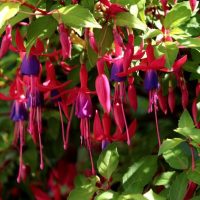
Hardy Fuchsia love sun and do fine in part shade. Once established they tend to be drought hardy plants – I have one in my yard that I never water in summer and it has thrived over the past 15 years. They are the hardiest species of the Fuchsia genus and are rated for USDA Zones 6 & 7.
Read moreEasy to miss these beauties in June!
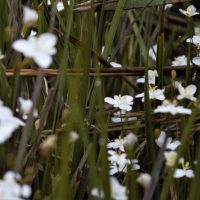
1) Libertia peregrinans New Zealand Iris
An iris in which each bloom only lasts a day, but blooms prolifically for several weeks.
Named/honored after Mde. Maire-Anne Libert, a Belgian botanist, mycologist, and plant pathologist.
Has sword-shaped leaves, only about one foot high off the ground, and easy-to- miss blooms.
Found in the New Zealand Entry Garden, at the north entrance of John Wott Way (U-shaped path).
Some Undesirable Plants in the Washington Park Arboretum Display Beds
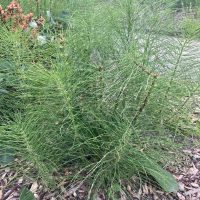
1) Equisetum arvense L. Horsetail
Equisetum arvense (commonly known as “horsetail”) is native throughout the temperate and arctic areas of the northern hemisphere – any place with wet or damp soil with some sunlight.
Colonization relies heavily on its extensive, deeply-penetrating creeping root system and to a lesser extent, on spore production. During the winter, the foliage dies to the ground.
UW Farm Weekly Dirt: Meet the UW Farm’s New Production Manager!
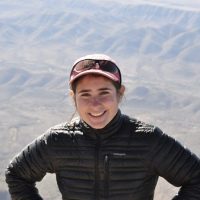
Hello UW Farm Community!
My name is Aisling Doyle Wade and I am entering my seventh week back at the farm as the Production Manager. I started my journey with the UW Farm back in 2017 when I was an undergraduate freshman at UW. I ended up spending much (if not most) of my time as a student on the farm or working on farm related projects.
Read moreUW Farm Weekly Dirt: Creating User-Friendly Signage for Visitors
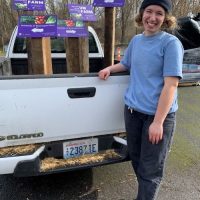
My name is Olivia Johnson and I am a senior in Environmental Studies in the College of the Environment. I am the current education intern on the University of Washington Farm. I train guides who then lead tours of the UW Farm. Getting to know the space firsthand, and learning from an expert who is there on a regular basis, is a great benefit students involved in classes focused on urban farming and related topics.
Read moreSome plants to visit on your walk at the Washington Park Arboretum

1) Darmera peltata Umbrella Plant
Darmera peltata, commonly known as “Umbrella Plant”, is native to the West Coast of the United States, ranging from northern California to southern Oregon.
Umbrella Plant’s natural habitat is shady-to-partly shady stream banks and woodlands although it can be cultivated in full sun with proper watering.
In spring, Darmera sends up a cluster of small pink or white flowers on a single stalk before the umbrella-shaped leaves emerge.